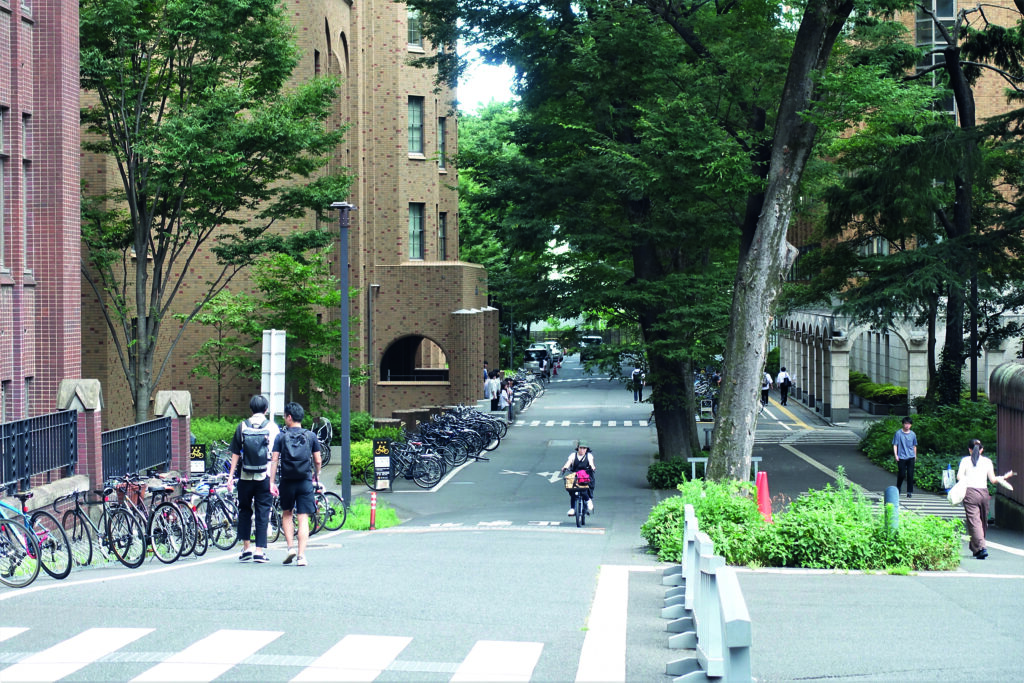Saco-S representatives at several higher education institutions have reacted to the changes at Lund University, where employees brought before the staff disciplinary board (Pan) are no longer allowed to address the board orally before it makes a decision on dismissal or redundancy on personal grounds. Additionally, employees are not permitted to respond in writing to accusations.
At the University of Borås, the unions and the employer have negotiated a compromise for the staff disciplinary board procedure. Nowadays, the employee only has the right to attend and speak if the members of the disciplinary board think there is a need to ask questions.
Investigation the most important aspect in Borås
According to Martin Behre, chair of the Saco-S association at the University of Borås, the employer wanted to make staff disciplinary board hearings an entirely written process.
“We have not tried to diminish the employee’s perspective,” says Sara Svensson, acting HR manager at the university. “It is more a case of when in the process the employee gets to respond. We believe that it is during the investigation before the disciplinary board meeting that all the perspectives should be examined.”

Before the disciplinary board meeting, the employee may give their version of events in writing or orally, depending on what the employee prefers. Documentation and evidence, as well as the employee’s feedback on what the employer has presented, are included in the information on the case that the disciplinary board receives, she explains.
“This enables the members of the disciplinary board to familiarise themselves with the case before the meeting. If questions then arise at the meeting, we will have the employee available for questions. It is important that both sides are heard and that the disciplinary board members have sufficient information to provide a sound basis for their decision.”
It is often one person’s word against another’s in these cases, Svensson points out. “We reviewed the staff disciplinary board process in a joint working group together with the unions, because we have so few cases that no one is really able to build up much experience or expertise regarding the procedures. Now I think we have ensured a legally secure process.”
No new advice from SAGE
Several trade unions have been under the impression that the Swedish Association of Government Employers, SAGE, had changed its advice to the higher education institutions regarding staff disciplinary board procedures. That is not true, according to Hedda Mann, head of legal affairs at the Association.
“But this is a complicated discussion, so we may have been misunderstood,” she says.

When a staff disciplinary board decides to impose disciplinary measures, this is regarded as the exercising of public authority, and thus falls under the provisions of administrative law. This means that employees have the right to speak before the disciplinary board. However, when it comes to cases involving dismissal or redundancy on personal grounds, these are considered to be decisions which the university makes in its role as employer, so they fall under the provisions of the Employment Protection Act rather than the Public Administration Act.
“Having said that, for pragmatic reasons we still advise higher education institutions to apply the same regulations to employment termination decisions as they do to administrative law decisions. As an employer, you may have submitted a matter to the staff disciplinary board with the intention of terminating a person’s employment, but then the committee may come to the conclusion that the case should not result in dismissal, but a warning – thus a disciplinary measure,” says Mann.
“So we think that you can take the safe option and apply the principles of the Public Administration Act from the beginning. Just to be sure.”
Need to bring cases to Pan
The staff disciplinary board procedures differ between higher education institutions, and the number of cases heard varies.
At Umeå University, the employee can address the disciplinary board both orally and in writing, and the university’s human resources manager, Lars Nordlander, says they have no plans to change that arrangement.

“We recently conducted a review, and we have seen no reason to make any changes. We have only had one case reach the staff disciplinary board since 2016.”
He doesn’t know why so few cases get as far as the staff disciplinary board. “I think it is good to bring cases to the disciplinary board,” he says.
“Some cases involve important matters of principle and can create precedents for future decisions. We have had cases that could potentially have gone to the disciplinary board but were resolved before reaching that stage, for example by employees submitting their resignation.”
Nordlander believes the sheer amount of work involved to hear cases at the disciplinary board may act as a deterrent and lead to both parties preferring to resolve the situation by negotiating an agreement.
“At the same time, you run the risk of rumours and speculation and a perception that misbehaviour or misconduct is rewarded. Personally, I think the disciplinary board should be used more frequently.”
Few rules on Pan
At Stockholm University, the employee is also allowed to speak at the disciplinary board meeting. According to the university’s head of human resources, Anna Jutterdal, most cases in recent years have concerned disciplinary measures, but there have been some isolated cases relating to dismissal or redundancy on personal grounds.

“We have had about one staff disciplinary board case a year,” she says. No change to the procedure has been discussed at the university, she continues.
She does not find it strange that the use of staff disciplinary boards differs from place to place. “Each higher education institution is different, so I think it is good that we are able to adapt the procedures according to conditions at each.”
Hedda Mann, the head of legal affairs at the Swedish Association of Government Employers, does not think it is problematic that staff disciplinary board procedures vary.
“There are very few rules about how staff disciplinary boards should work, so each employer must make their own assessment. Some authorities don’t even have a staff disciplinary board,” she says.




















